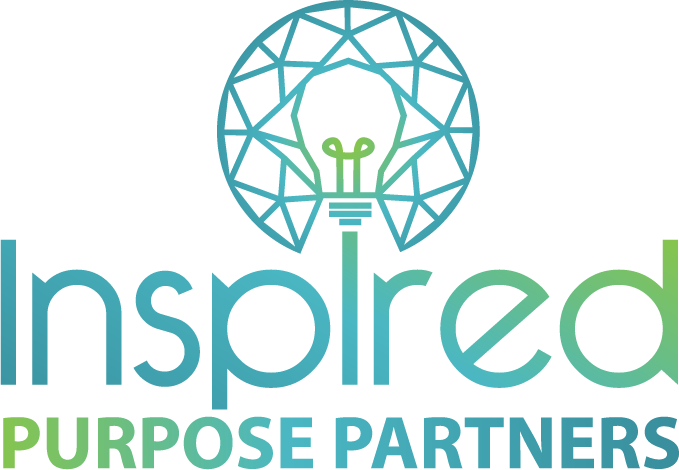The Eightfold Path: The Way of the Buddhist Leader
"Balance is not something you find; it is something you create." - Jana Kingsford
I am sure that you are sick of hearing about "work/life balance." You have probably wondered if that is even possible, especially without any boundaries between work and life these days. In today's post, we will uncover some ideas about creating a different type of balance, leadership balance, by tapping into ancient Buddhist wisdom that couldn't be more relevant today than when it was first founded in the 6th Century B.C.
I bow to the divine in you!

I have always been intrigued by the art, the stories, and the teaching of Buddhism, but my understanding of the Buddha's teachings took on new meaning when I became a coach. As I started to open myself up to the ideas of enlightenment, I immersed myself in reading books by Pema Chodron, Matthieu Ricard, Thich Nhat Hanh, and the Dalai Lama. I even committed to spending a month in India tracing the historic steps of Buddha in Sarnath and Varanasi.
Sarnath was the place where Siddhartha Gautama, Buddha, revealed his first teachings, the Four Noble Truths. For me, the fourth truth is the most powerful one. The fourth truth is the Eightfold Path, and it is more of a discipline to explore and internalized through practice than teaching. It is a powerful tool for self-reflection and a guide for living and leading in the world today.
Let me explain and provide some thoughts about how it applies to leadership.
Right View: The concept of the right view is about the awareness of what is true and right. In leadership, it is about having the right vision that integrates both the internal and external environment. Great leaders work with their team to create the vision, inspire them into action.
Right Intention: Right intention is only possible through managing emotions. A leader must have the right balance of rational thinking and feeling when initiating an action. Awareness of your intentions and managing them positively is key to effective leadership.
Right Speech: Right speech begins with becoming aware of our own self-talk, our inner narrative. Just taking a moment to notice your inner voice can allow you to change any thought patterns that are not serving you. As a leader, how you talk to yourself has a ripple effect on how you connect with others. If you want to have a positive impact, start with yourself.
Right Action: Right action refers to refraining from destructive action. Right intentions lead to the right actions. When you are mindful of your actions, you are more in control of your impact. As a leader, this can also mean knowing when to pause so you can collect your thoughts and decide on the right actions to take before making a big decision.
Right Livelihood: Livelihood is concerned with earning your living in a peaceful, honest, and ethical way. A Leader's integrity plays a significant role in the choices their people make. Our environment can shape our behaviors; we observe and mirror what we see in the people around us, starting with our leaders.
Right Effort: Right effort is about finding balance in what you do. At times you might try to do too much; other times, not enough. You may delegate complicated tasks to junior direct reports and barely explain what has to be done. Or you do everything yourself and give very little challenging or interesting work to your employees. Right effort is the principle of adjusting your effort to the circumstances.
Right Mindfulness: Right mindfulness is focused on having control over the mind. It means to be aware of your thoughts, feelings, and actions so that they do not control you. Being mindful as a leader means being present, non-judgmental, and clarity in tackling problems.
Right Concentration: Right concentration is about keeping your attention steady on a single object, such as the breath or a sound, for extended periods of time. It is a way of avoiding distractions and disruptive emotions and directing the mind toward productive action. This is an essential aspect of effective leadership because it is about creating focus, especially when you have multiple distractions and challenges throughout your day.
Visionary leadership demands authenticity, transparency, truthfulness, and openness and the Eightfold Path of Buddhism provides an excellent framework to navigate your leadership journey. I have always thought of it as the best way to navigate the leadership paradoxes: knowing when to be strong or vulnerable, decisive or flexible, create friction or flow. Creating the right balance is what allows the true path to reveal itself.
Namaste!


0 comments
Leave a comment
Please log in or register to post a comment